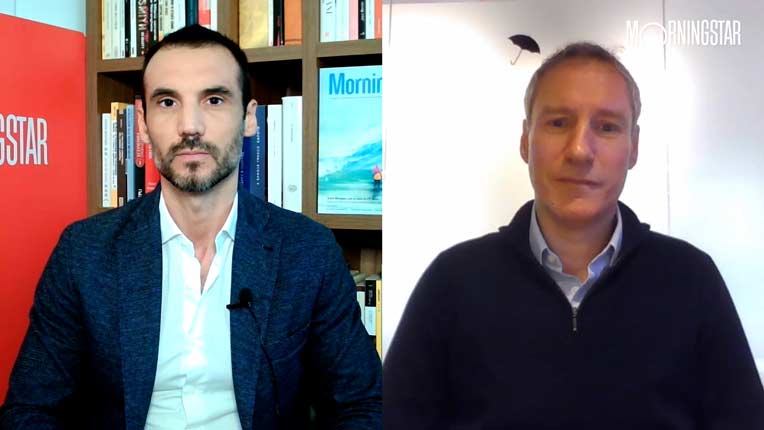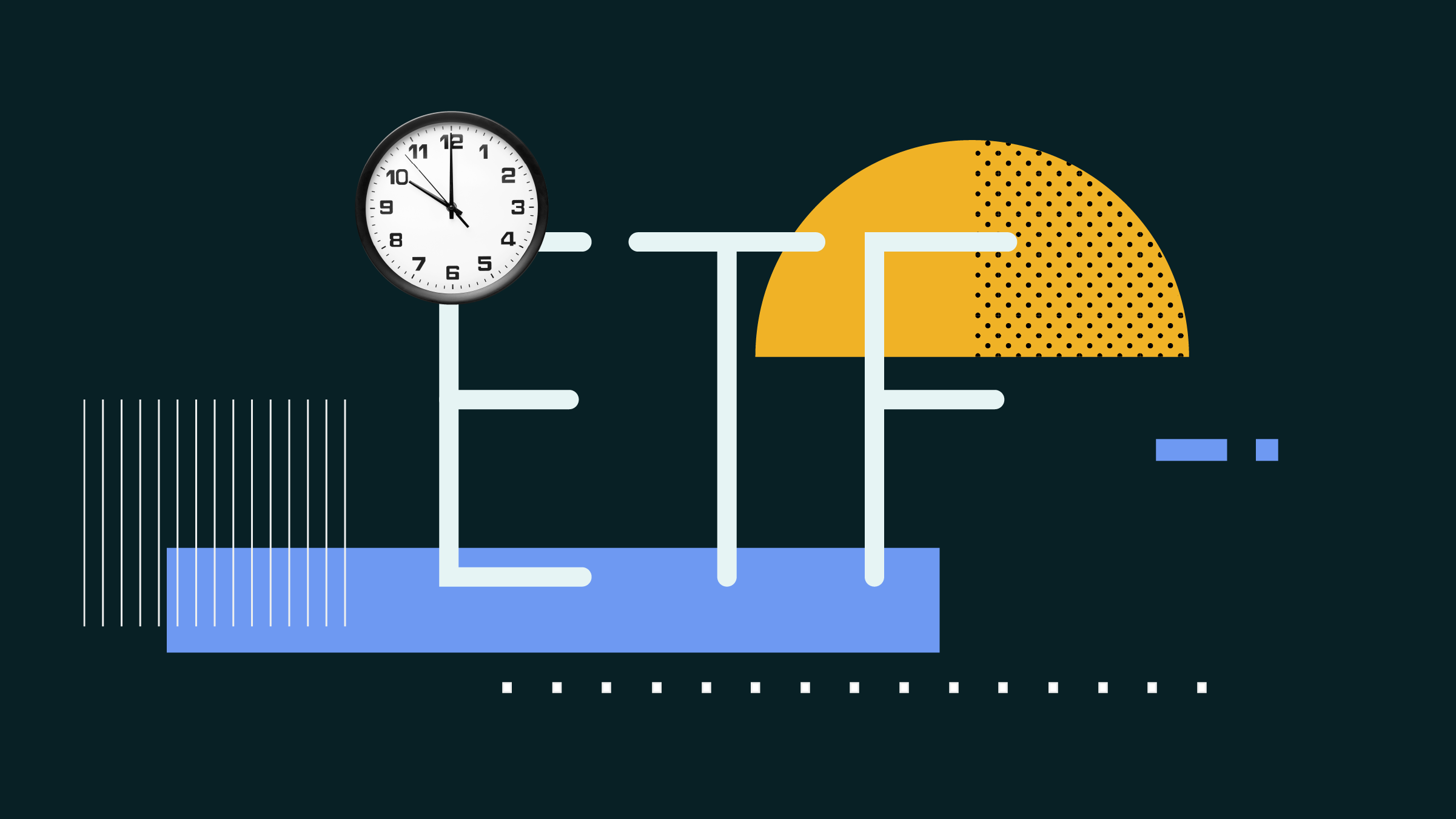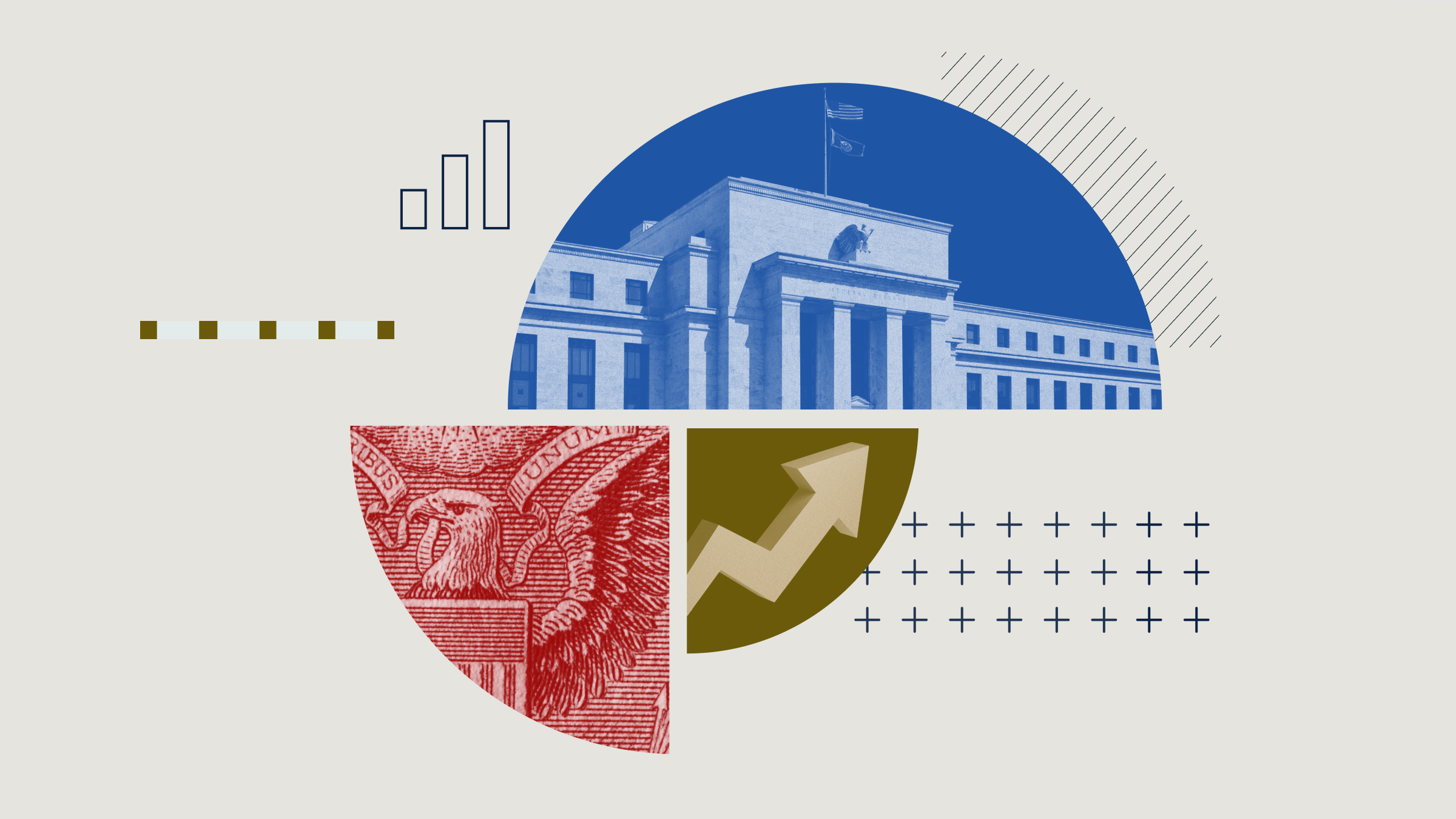
Amid generally higher commodity prices and an uncertain outlook, many mining stocks are trading near their fair value estimates.
However, for long-term investors, there are opportunities among select mining stocks across iron, gold, and mineral sands. For investors undeterred by sustainable investing concerns, thermal coal stocks are among the most attractively priced mining names, according to Morningstar equity analyst Jon Mills. These are his top four picks.
Iluka Resources ILKAY—mineral sands mining
Barrick Gold GOLD—gold mining
Vale VALE—iron ore mining
New Hope NHPEF—coal mining
“Coal miners Whitehaven Coal WHITF and New Hope are materially undervalued, which we think reflects many investors shunning coal,” Mills explains. “Gold prices are up further on optimism that global interest rates are close to a peak. Lower rates reduce the opportunity cost for investors to own gold, which in turn supports gold miners’ share prices, though Barrick and Newmont remain undervalued.”
Commodity Prices Buoyant
Commodity prices are a key driver of mining stocks. Mining commodity prices generally increased in the second quarter. Mills notes that copper, gold, and metallurgical coal’s average monthly prices are higher than in June 2023, while iron ore dropped slightly, although it remains stable.
Driven by expectations of stronger growth for copper and nickel from decarbonization and electrification, Mills says many miners are boosting production, leading to higher spending. Increased investment creates modestly lower payout ratios, but Mills says investors are still rewarded: “Forward dividend yields are generally high for the iron ore and coal companies—less so for the gold miners.”
China Commodity Demand
Demand from China—a key variable in the commodities prices—is a headwind across most but not all markets, Mills says. In particular, the country’s troubled residential property sector is a potential weight on steel prices.
Mills thinks even the benefits from government stimuli are not likely to have a significant effect: “China’s playbook is to boost commodity-intensive infrastructure spending when economic growth slows. However, poor returns on new infrastructure investment and a central government commitment to more consumption-led growth mean stimulus spending in this downturn is muted. The stimulus can come if the Chinese economy substantially slows or enters a recession. But growing debt is a headwind to both the amount of stimulus and its effectiveness.”
Still, Mills thinks it’s not all bad news: “Copper prices are materially higher than last quarter on improving China and US demand. China accounts for 55% of global consumption, while Western interest rates appear to have peaked. Expectations for weaker monetary policy and improved investment and consumption are bullish for copper in the near term.” He explains that copper supply headwinds from inflation are amplified by supply issues in Chile, Peru, and Panama, but global mined supply is expected to grow with new mines ramping up.
Iron ore prices remain stable, despite rising inventories in the last quarter. Slim margins for steelmakers mean buying lower-grade inputs is prioritized over maximizing production, which is good for cheaper, low-grade iron ore. The government may enforce a steel production cap, which would be a plus for steelmakers but bad for iron ore miners.
Despite concerns about China’s steel production, metallurgical coal prices are stable, although they remain high compared with historical trends and cost support. “Metallurgical coal is likely to remain in demand for steelmaking for many years, as green steelmaking technologies are unlikely to be economically viable for the foreseeable future,” Mills says. “As many investors lump metallurgical coal in with thermal coal for environmental, social, and governance purposes, major miners are reluctant to increase supply. We forecast only modest supply increases across our coverage.”
Interest Rates and Gold Prices
Gold prices have risen “on expectations that the world’s central banks are close to peak interest rates,” Mills says. “The prospect of falling interest rates is bullish for gold, reducing the opportunity cost for investors to hold it. Concerns about Western governments’ deteriorating fiscal balances are also a tailwind.”
Exchange-traded funds “tend to be the marginal buyers of gold” and majorly impact near-term prices. “ETF purchases tend to accentuate gold price swings, rising with the gold price and vice versa on the way down,” Mills says. The central banks’ purchases of gold are raised but irregular, and this trend may continue as they “diversify reserves while regaining control of inflation.” Gold production has recovered since the pandemic, and “more modest future mine supply growth” is expected.
Thermal coal prices “rose over the quarter, but remain well below record 2022 highs on reduced energy security fears, increased production in China, and slowing global growth,” according to Mills. High-quality coal meets energy needs and reduces emissions, so demand remains high.
Mills points to lithium and mineral sands as two commodities to watch. Lithium prices were low in the middle of the first quarter but have since stabilized, “as inventory destocking from battery producers and auto original equipment manufacturers is winding down,” Mills says. “We expect this will lead to lithium purchases moving closer to end-market demand, such as EV sales or energy storage system battery growth.” Lithium prices will rise by the end of 2024 “as end-market demand grows and higher cost supply exits the market due to low prices,” he says. So prices will rise with demand outpacing new supply growth, “with a larger rally in 2025.”
Top Picks
Iluka Resources
• Quantitative Fair Value Estimate: $29.47
• Quantitative Morningstar Rating: 3 stars
• Quantitative Economic Moat: None
• Quantitative Morningstar Uncertainty Rating: High
• Forward Dividend Yield: 0,97%
• Price/Quantitative Fair Value: 0.79
“Iluka’s shares are being affected by lower mineral sands prices on reduced demand driven by China’s property sector. Rising interest rates and slowing housing markets in the West are also headwinds. However, we think these concerns are more than reflected in its share price. Longer-term, maturing mines and a lack of large, high-grade, undeveloped resources are likely to support mineral sand prices. The company’s proposed rare earths refinery at Eneabba is an option for elevated rare-earths prices. Given its strategic nature to the Western world, we think additional government support is likely, reducing the downside from higher construction costs due to inflation.”
Barrick Gold
• Quantitative Fair Value Estimate: $22.00
• Quantitative Morningstar Rating: 4 stars
• Quantitative Economic Moat: None
• Quantitative Morningstar Uncertainty Rating: Medium
• Forward Dividend Yield: 2,18%
• Price/Quantitative Fair Value: 0.84
“Barrick is undervalued, given weak sales volumes and elevated unit costs. However, we think disappointing production is temporary, with sales volumes likely to recover, led by its generally larger, lower-cost mines, including its 60%-owned Pueblo Viejo and 62%-owned Nevada Gold Mines joint ventures with Newmont. In turn, unit cash costs are likely to fall, improving margins. Rising gold prices are another potential tailwind. With minimal net debt, additional cash returns to shareholders are also likely.”
Vale
• Quantitative Fair Value Estimate: $14.20
• Quantitative Morningstar Rating: 4 stars
• Quantitative Economic Moat: None
• Quantitative Morningstar Uncertainty Rating: High
• Forward Dividend Yield: 16.04%
• Price/Quantitative Fair Value: 0.77
“Vale is suffering from increased government oversight since the Lula administration assumed power in Brazil in 2023, including pressure not to renew the contract of CEO Eduardo Bartolomeo. While this is a risk, it is more than reflected in Vale’s share price. Despite its exposure to copper and nickel, Vale remains driven by iron ore. We forecast iron ore sales to rise to more than 360 million metric tons midcycle from 2028, up from about 300 million in 2023, lowering unit cash costs while modestly increasing average iron ore grades to about 64% from 63%, above the 62% benchmark.”
New Hope
• Quantitative Fair Value Estimate: $4.00
• Quantitative Morningstar Rating: 5 stars
• Quantitative Economic Moat: None
• Quantitative Morningstar Uncertainty Rating: Very High
• Forward Dividend Yield: 6,7%
• Price/Quantitative Fair Value: 0.82
“New Hope is penalized by ESG concerns, with many investors averse to investing in coal. High-quality thermal coal is likely to be supply-restrained due to regulatory opposition and ESG concerns, which could support prices longer-term. New Hope is also well-placed to benefit from continued strong demand for high-quality thermal coal over at least the next decade, especially from Southeast Asia. It meets the energy needs of countries such as Japan and South Korea while enabling them to meet emission targets under various international agreements.”





















